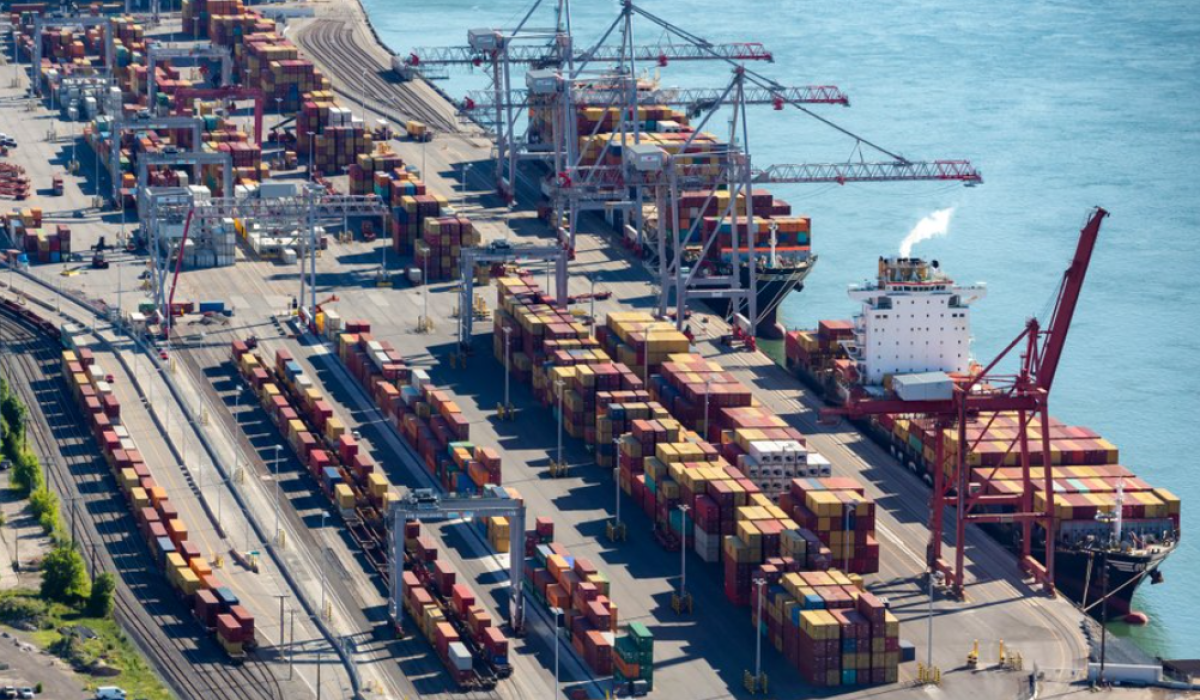The Montreal Port Authority (MPA) announced the completion of its significant rail capacity optimization project, an initiative aimed at enhancing the performance and efficiency of the port’s logistics services.
Implemented over three years at a total cost of US$46 million, this ambitious project stretches from Bourbonnière Avenue to Panet Street, near the Jacques-Cartier Bridge, and represents a major boost to the Port of Montreal’s rail capacity.
Known as the “Montreal Model,” the Port of Montreal is distinguished by its seamless intermodal transfers, allowing access to a market of 110 million consumers. The port’s rail network moves 2,500 km of rail cars annually, with approximately 45% of the port’s cargo transported by rail via 60 to 80 trains per week. This project aims to further strengthen and optimize this crucial infrastructure at the heart of Greater Montreal’s supply chain.
Key project features include:
- Installation of 2 new tracks totalling 6 km and 6 switches to serve the 14 terminals
- Construction of retaining walls over 1 km in length
- Relocation of the Port Road and related infrastructure (sewer, water supply, power, and telecom networks)
The rail capacity optimization project involved multiple teams from the MPA and partner companies, encompassing civil engineering, environment, port land use planning, electricity, telecommunications, and rail teams.
In addition, several measures were taken to enhance the project’s environmental performance, such as using excavated soil for backfill, constructing the new Port Road with recycled paving, and employing composite railroad sleepers made from recycled plastic. Sectoral studies on noise, dust, traffic, and the impact on flora and fauna were also conducted before the project’s commencement.
“The rail capacity optimization project illustrates how committed we are to maintaining the quality and reliability of the Port of Montreal’s services at the hub of Greater Montreal’s logistics ecosystem, for the benefit of businesses and the population of Quebec, Ontario and the rest of Canada. Thanks to these significant improvements, we can not only increase our efficiency but also substantially contribute to the local and regional economy,” stated Julie Gascon, president and CEO of the MPA.
This major infrastructure project received generous support from the governments of Canada (US$13.4 million through the National Trade Corridors Fund) and Quebec (US$13.4 million). The MPA acknowledges their contributions, which have enabled increased port fluidity and capacity.


